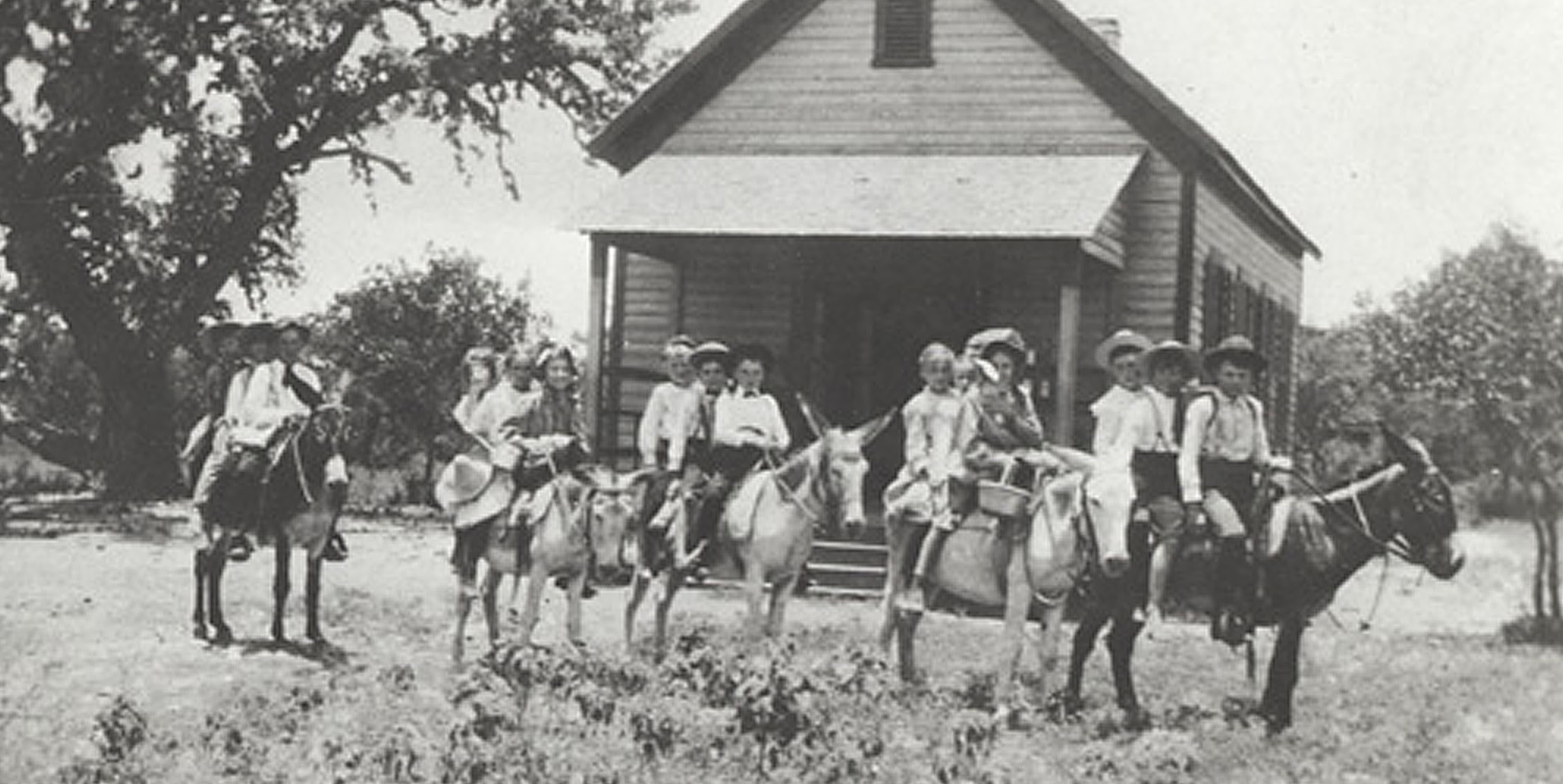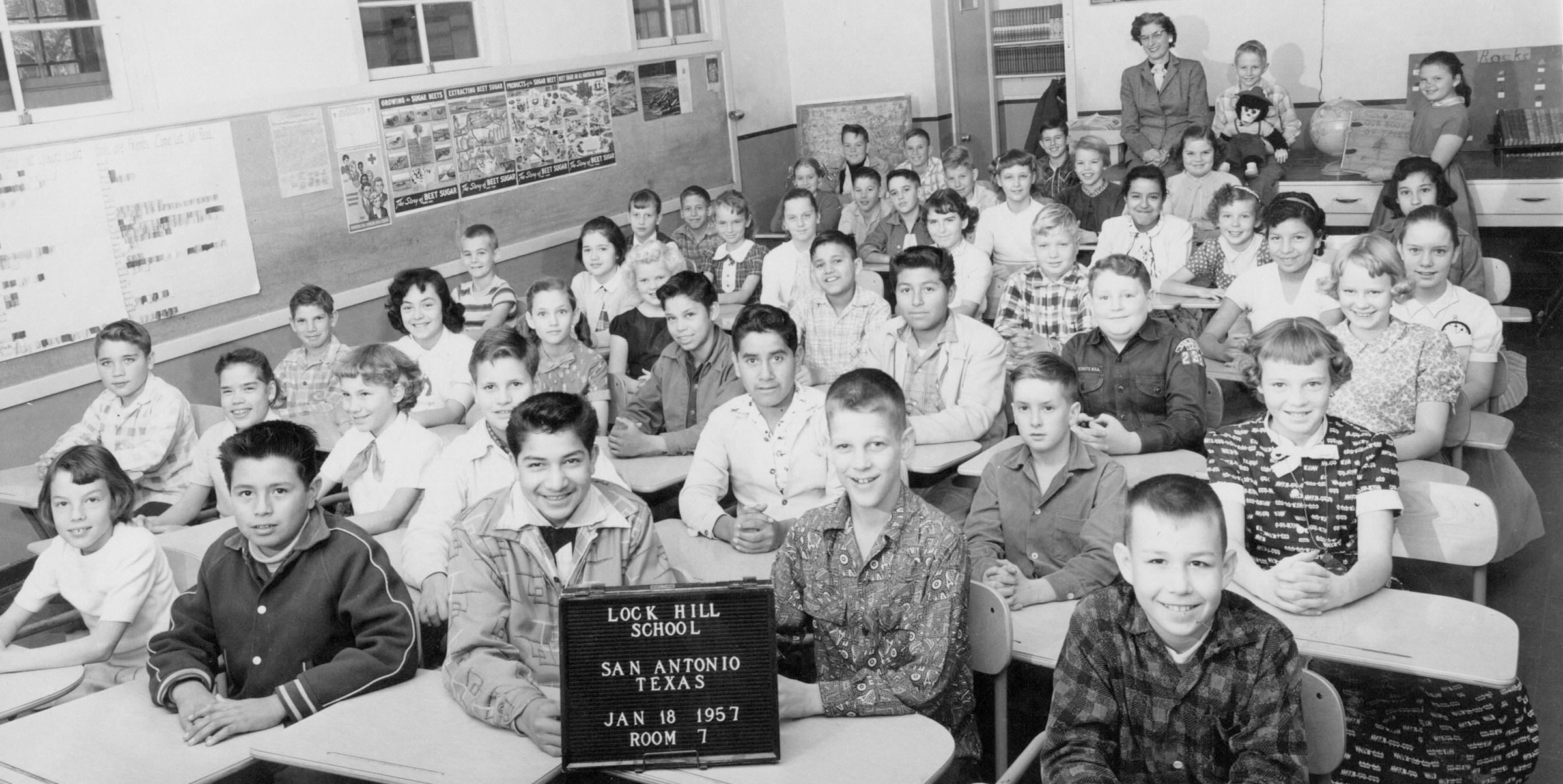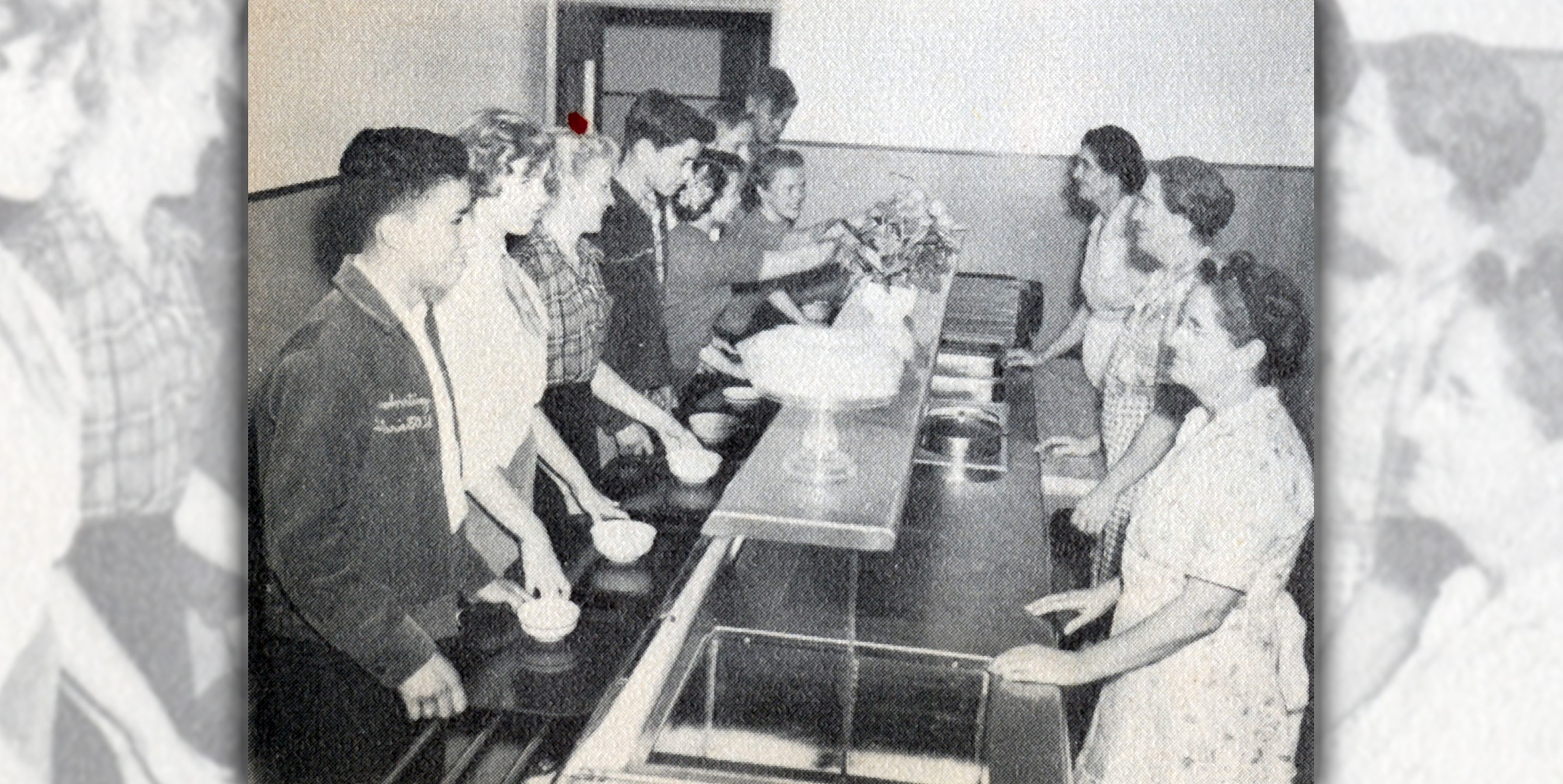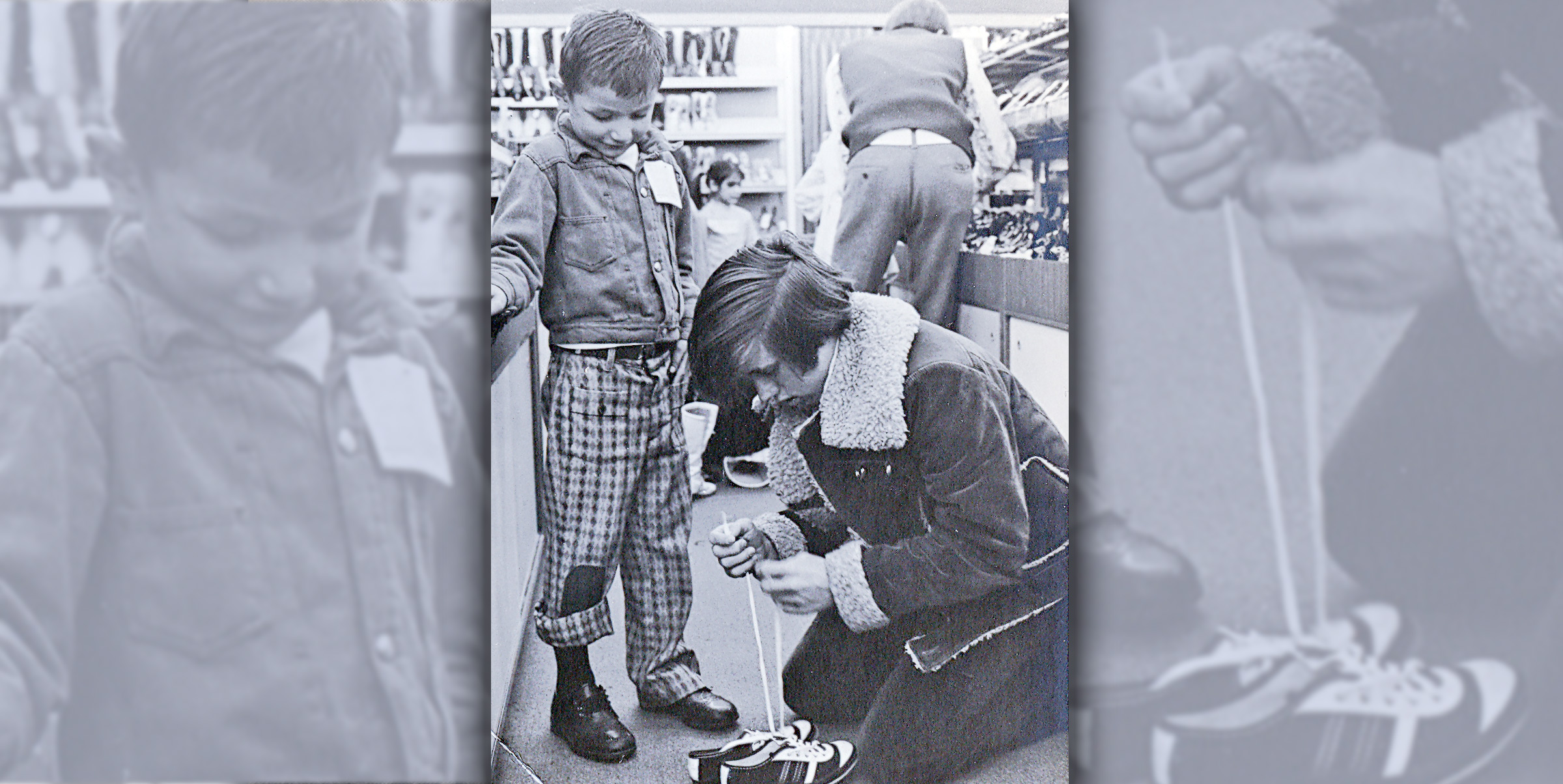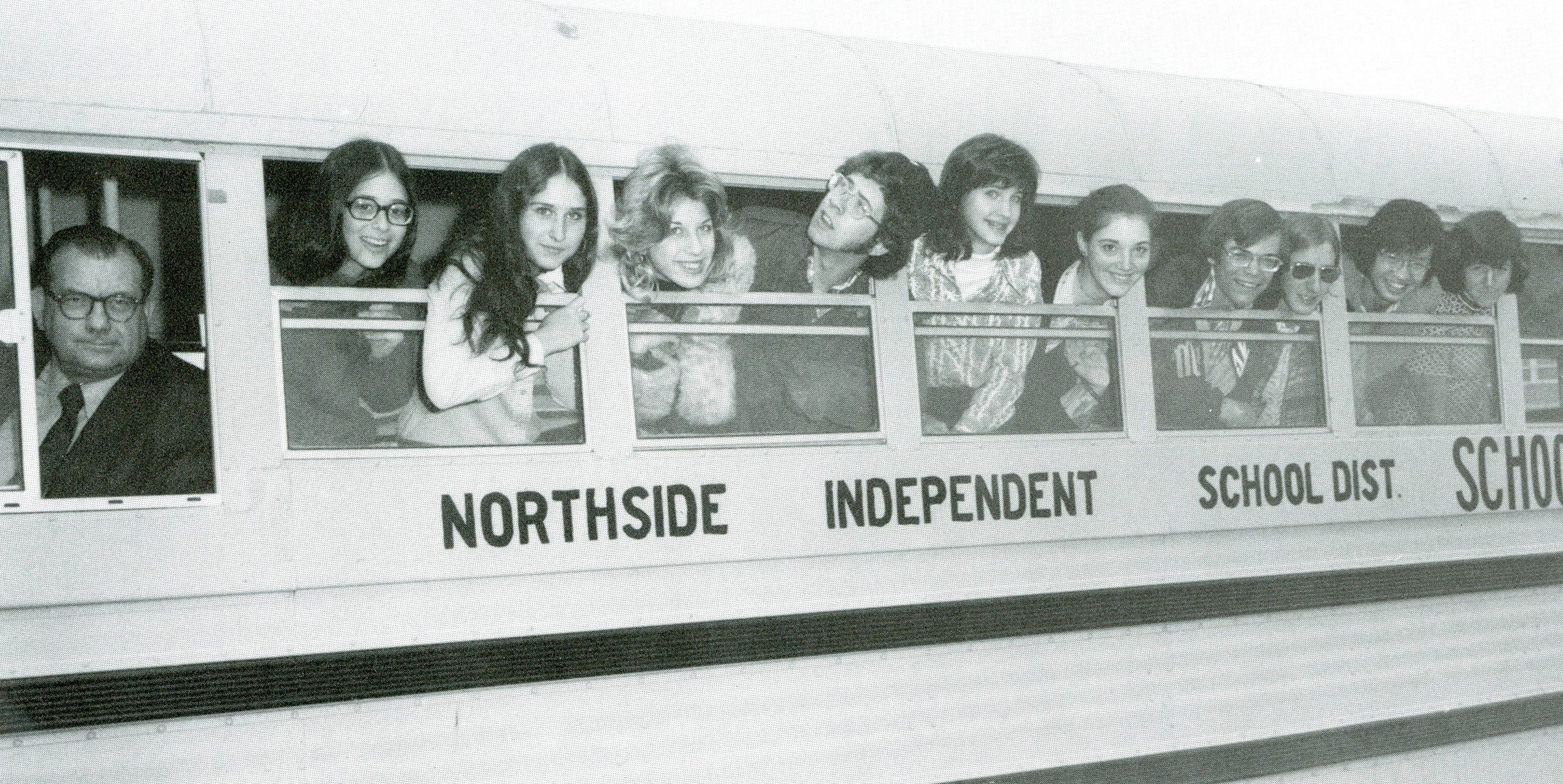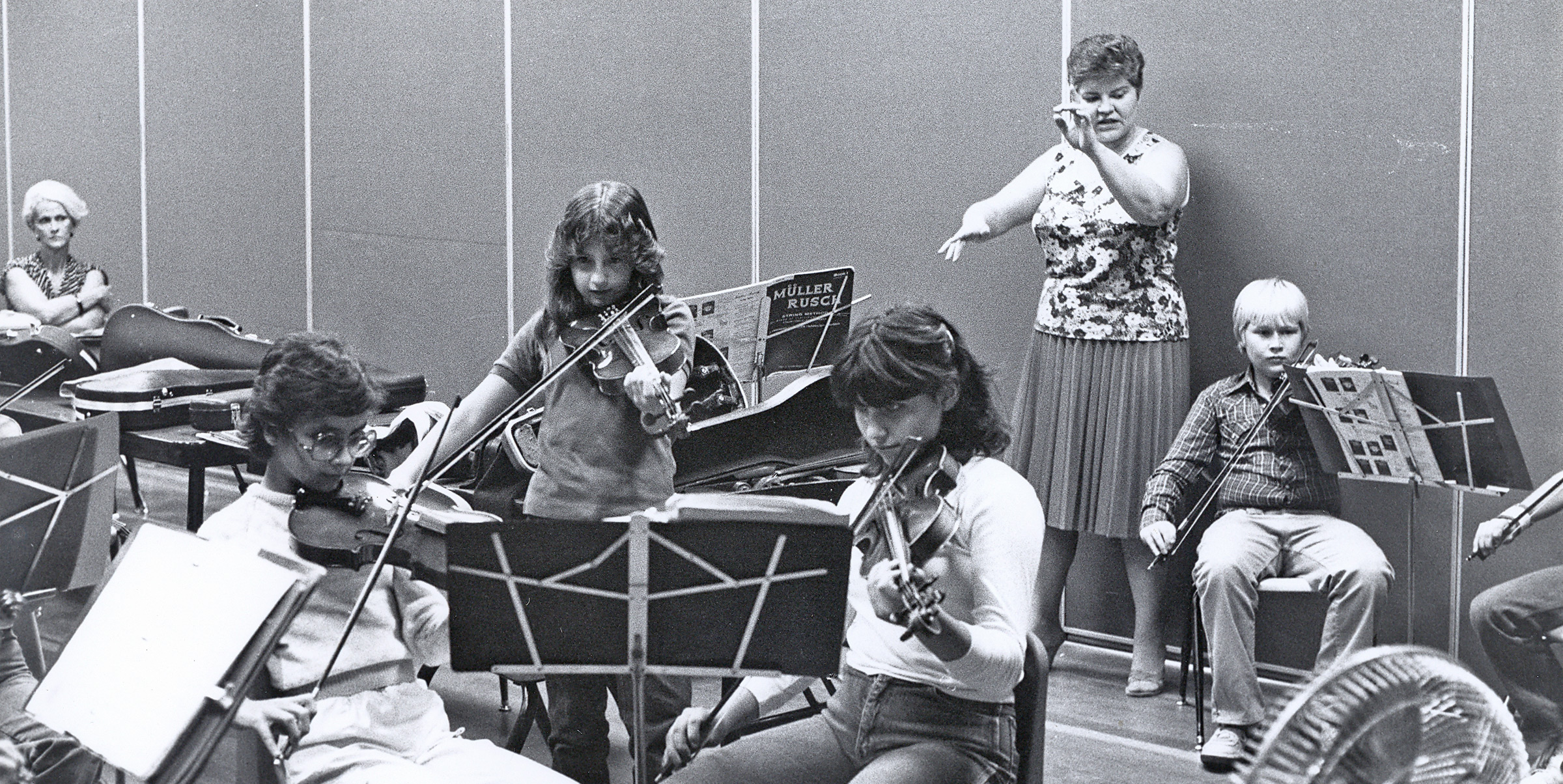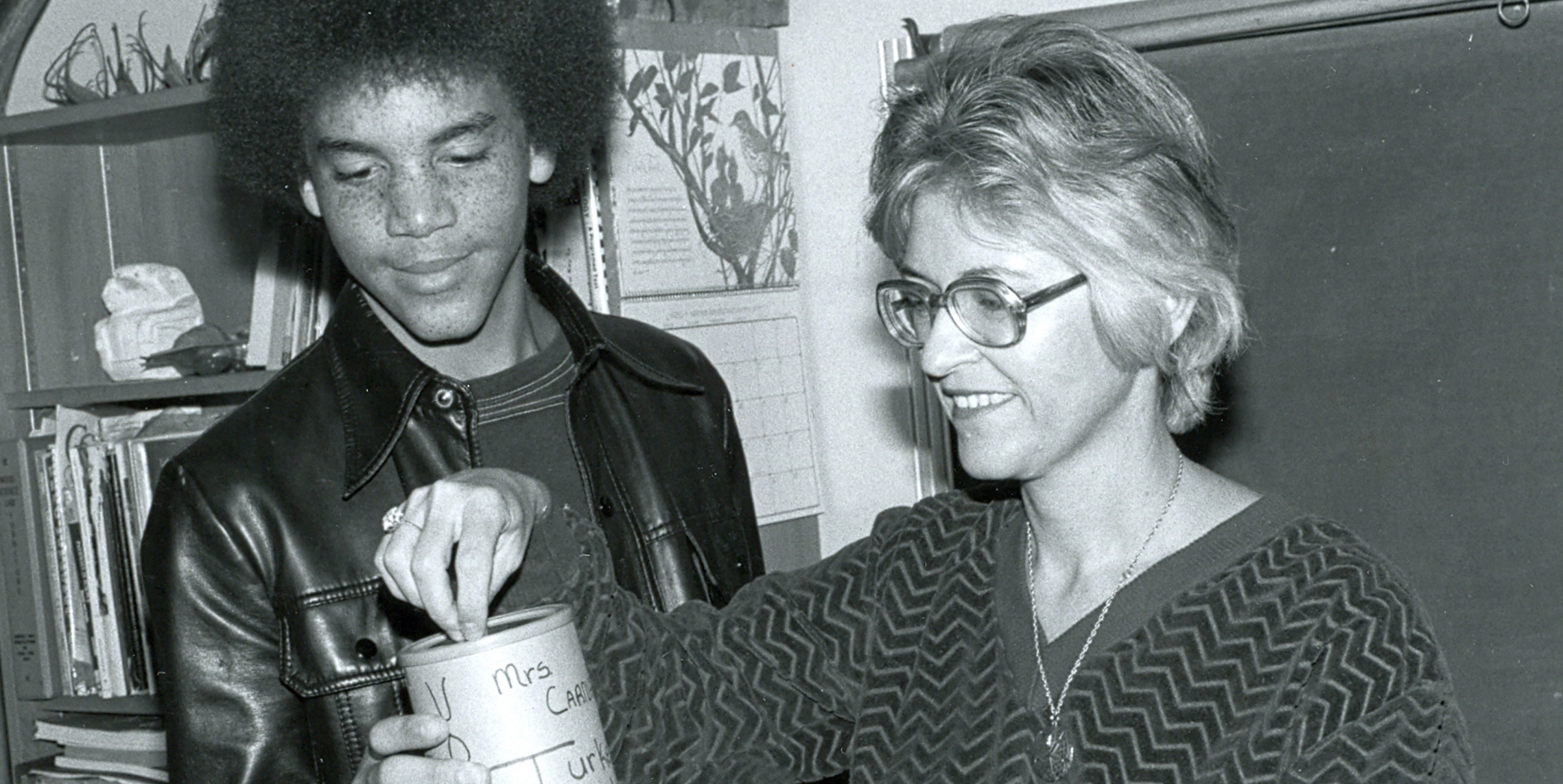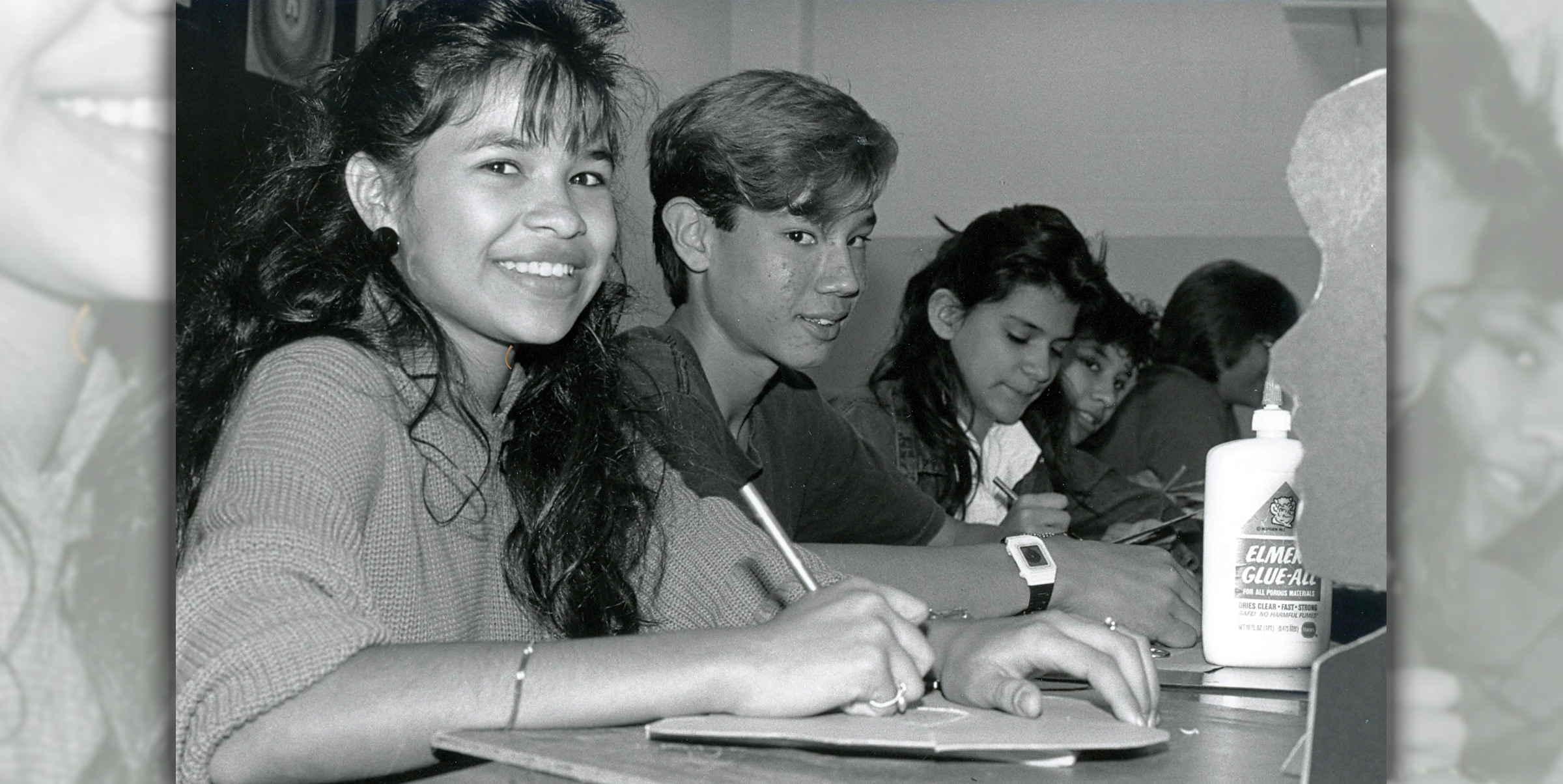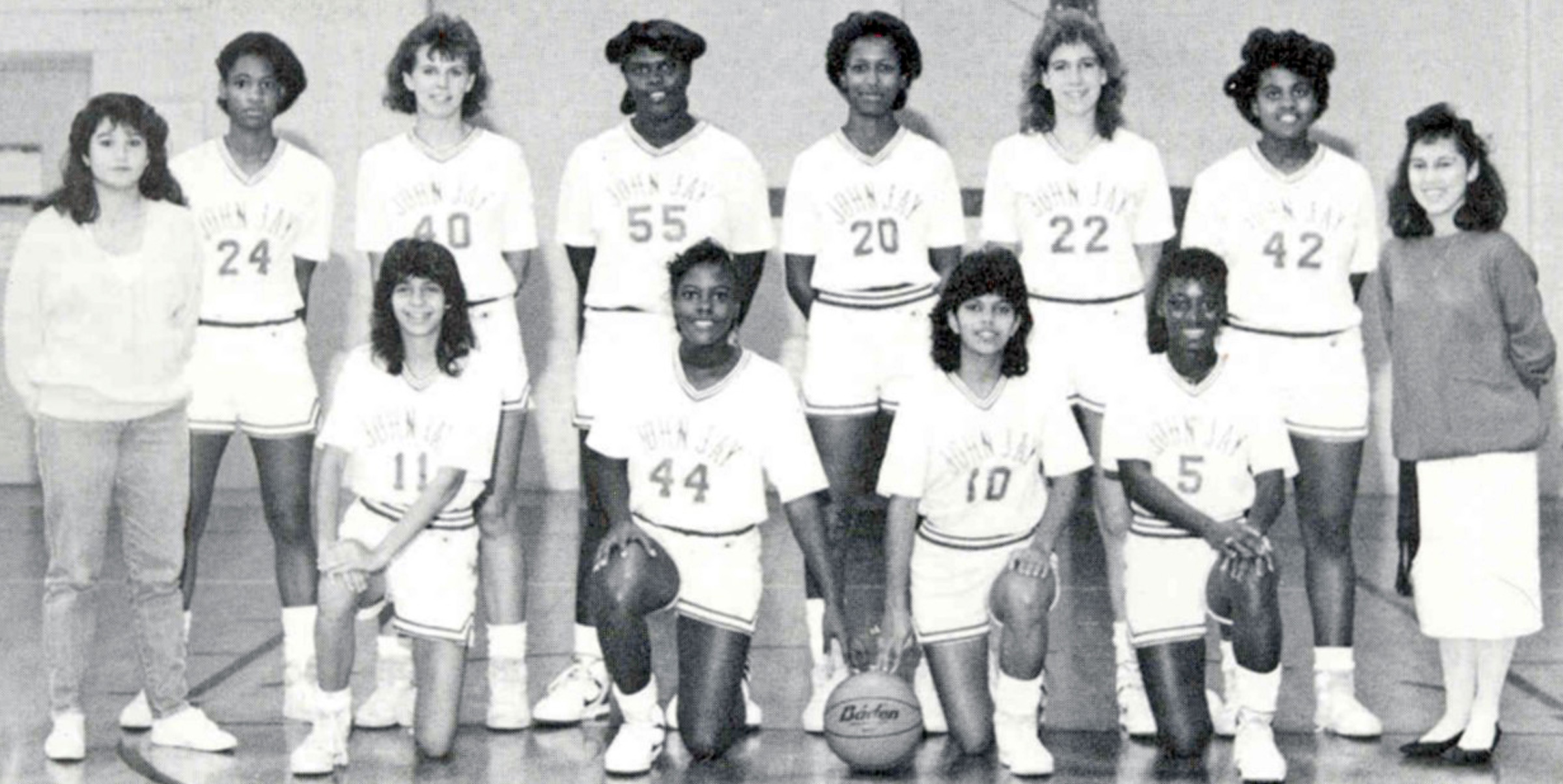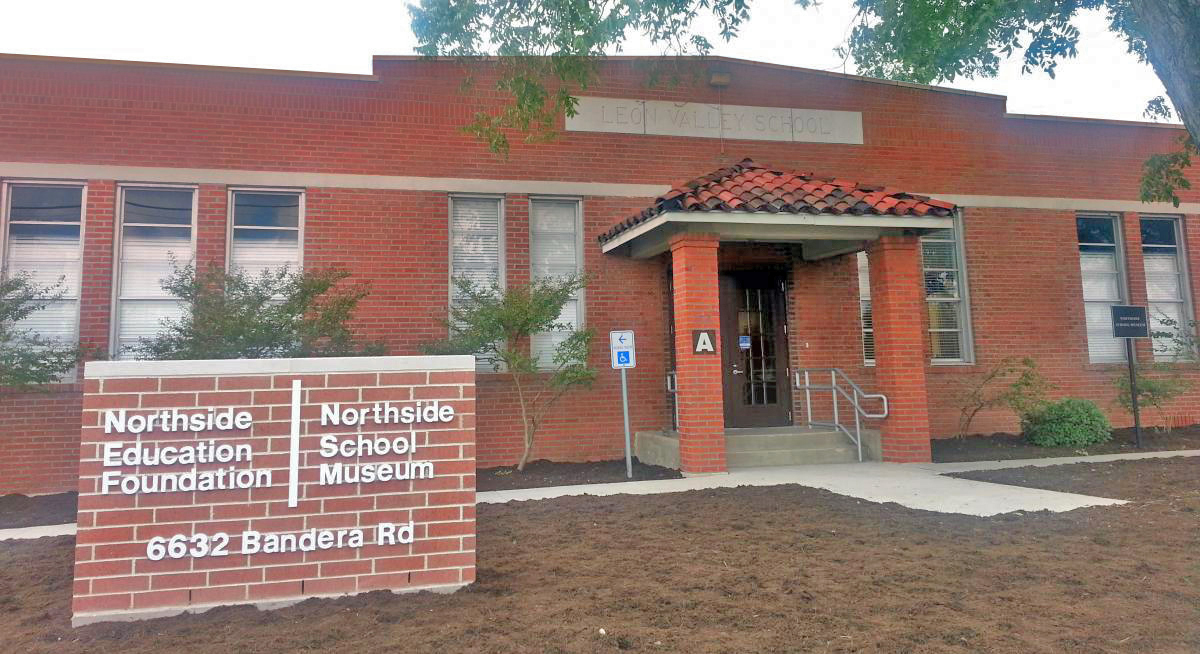
The Northside School Museum is committed to collecting, preserving, and sharing the history of Northside ISD. The Museum is located in the historic Leon Valley School at the intersection of Bandera and Grissom Roads. The oldest portion of the building was built in 1924, as a two-room school. Later it was used for various school district operations.
The Museum contains collections and displays of documents, photos, and artifacts related to the history of NISD. An archival library is housed at the Museum for interested persons to conduct research. Educational materials are also available for teachers to use in their classrooms.
In 1949, 12 rural schools joined together to form Northside Consolidated School District. Those schools were:
- Clifton
- Culebra
- Evers
- Helotes
- Hoffman
- Leon Springs
- Leon Valley
- Locke Hill
- Lockhart
- Los Reyes
- Mackey
- San Antonio Heights

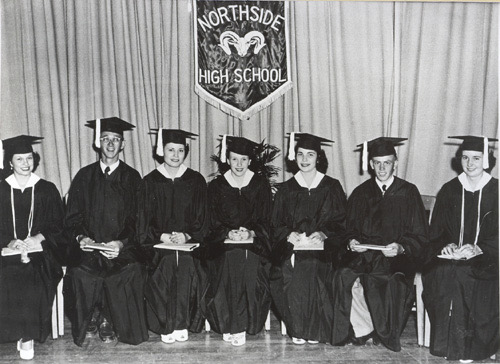
Enrollment in that first year was 823 students. H.M. Biggers was named superintendent of the new school district, and construction began on Northside High School (later renamed John Marshall High School in 1960). In 1955, the District became Northside Independent School District.
The year 1955 is also when the school board approved the integration of Northside High School, allowing African American students to attend. One year later, in 1956, Northside began a program of building which has continued to this day, with Northside Junior High (renamed Sul Ross Middle School in 1960) and Northside Elementary (now Colby Glass Elementary).
During the 1950s, enrollment at Northside reached 3,309. Other milestones during this decade included a bus transportation program, securing federal funding for the District, the opening of the first school cafeterias, and the instituting of the first dress code and discipline policy for the District.
The 1960s saw explosive growth. Northside enrollment doubled in the first three years of the decade, and doubled again by 1967. By the end of the 60s, Northside enrolled over 20,000 students and had opened 12 new elementary schools, two new middle schools, and two new high schools.
In the later 60s, the District fully embraced integration with the closing of West San Antonio Heights and the transfer of African American students to 10 elementary schools. Northside also started the first bilingual education program with summer school classes for non-English speaking children, and developed special education programs by approving the education of all children regardless of handicaps.
The 1970s were a time of modernization and development for Northside, as well as continued growth. Nellie M. Reddix became the first African-American and the second woman on the Northside school board.
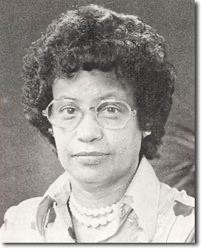
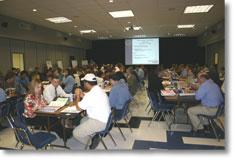
In the 1980s, Northside was named the fastest growing school district in Texas. By the decade's end, enrollment was up to nearly 50,000 students and had opened 23 new schools and facilities.
The 1990s saw continued growth, support from the community through the passage of $546 million in three school bond proposals, and the development of a strategic plan adopted through a collaboration involving parents, students, teacher, employees, and community members. The Northside Education Foundation was formed as a non-profit foundation which generates and disburses funds and other resources to provide enrichment to Northside students.
As growth has leveled off in Northside ISD, the district remains committed to maintaining and enhancing its world-class learning environments. Through six voter-approved bond programs since 2000 - totaling over $3.6 billion - Northside has built 47 new schools while investing heavily in modernization, technology, and long-term facility sustainability.
